Distracted Driving
Here’s Why You Should pay Attention3,450
Number of fatalities in America in 2016 due to distracted driving (NHTSA)




Kate Morgan remembers the incident vividly. She was driving to her parents’ house in suburban New Jersey, alone, with her cell phone on her lap.
It was around 10 p.m. “I’m not even sure exactly who I was texting, but it definitely wasn’t important,” recalls Morgan, a Pennsylvania-based journalist who was a teenager at the time. But she clearly recollects what happened next: The road beneath her curved, while she continued to drive straight. By the time she looked up, just a couple of seconds later, her car was hurtling onto someone’s lawn and crashing into a mailbox—which went flying over the hood of her station wagon.
She was uninjured but horribly shaken. “On an average afternoon, the front lawns on that street are full of kids. I know how bad it could have been,” says Morgan (who paid the homeowner for the damage).
“I don’t text and drive anymore.”
By The Numbers
Stories like Morgan’s—many of which end far more tragically—are all too common these days. The statistics are grave and alarming: Distracted driving was the cause of 3,450 American deaths in 2016, as well as 391,000 injuries in 2015, according to the National Highway Traffic Safety Administration (NHTSA).
Yet many people continue the practice. A study published in the Proceedings of the National Academy of Sciences (PNAS) found that American drivers engage in distracting activities more than 50 percent of the time they’re behind the wheel—effectively doubling their crash risk.
That risk translates into accidents. The same study concludes that 4 million of the 11 million crashes that occur in the U.S. every year would potentially be avoided if we could eliminate distraction.
“Make no mistake,” says Maureen Vogel, a representative for the National Safety Council (NSC). “Distracted driving is an epidemic.”
3,450
Number of fatalities in America in 2016 due to distracted driving (NHTSA)
36%
Potential amount of crashes in the U.S. each year that could be avoided if we eliminate distraction (PNAS)

36%
Potential amount of crashes in the U.S. each year that could be avoided if we eliminate distraction (PNAS)

“DISTRACTED DRIVING IS AN EPIDEMIC.”
—MAUREEN VOGEL, National Safety Council
DISTRACTING THINGS WE ALL DO
It’s not just cell phones that can distract us. All of these (perfectly legal) activities have caused accidents—take extra caution.

Quiz:
Do You Know The Facts?
Q: What’s the most common distracting behavior of drivers at a stoplight?
REVEAL ANSWER
A: Eating & drinking
Source: IIHS
Q: Reaching for, answering, or dialing a cell phone increases the risk of a crash (or near crash) by how much?
REVEAL ANSWER
A: Any of them triples your risk.
Source: IIHS
Q: How many teens who text say they have texted while driving?
REVEAL ANSWER
A: One in three. It increases their risk of a crash 23 times.
Source: NHTSA
Q: Which passengers cause teens to exhibit the riskiest behaviors? Family, friends, or no passengers?
REVEAL ANSWER
A: Friends, especially when there are two or more.
Source: NHTSA
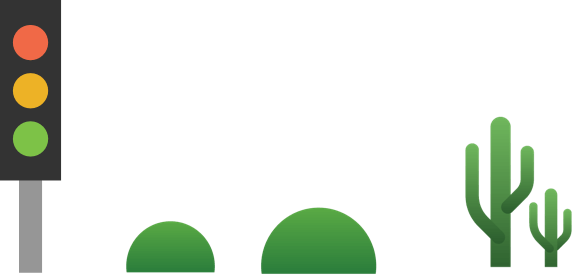
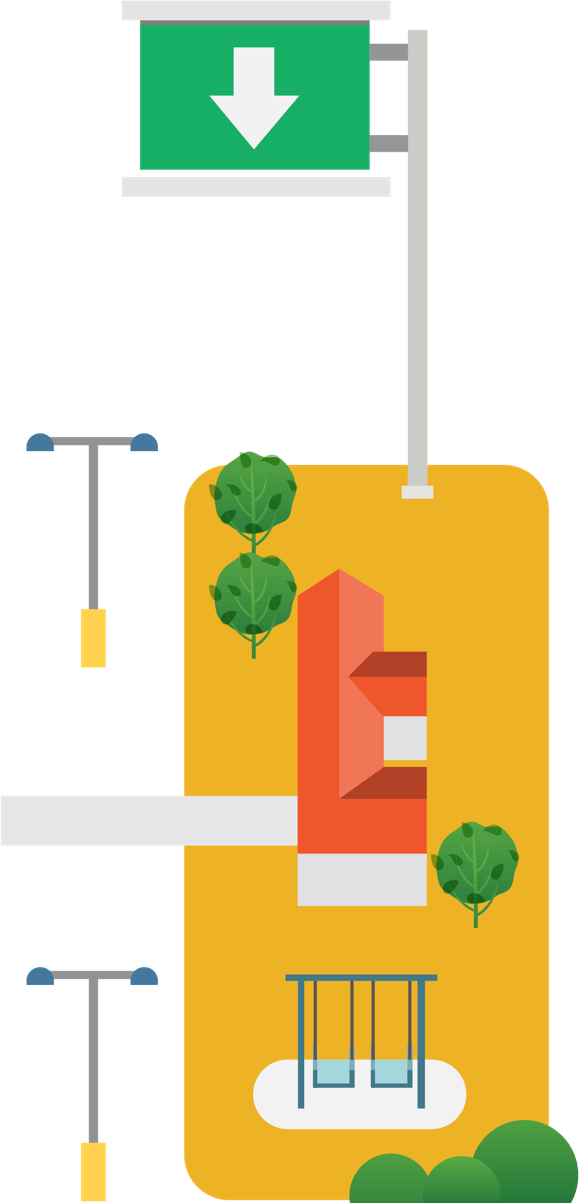
Video: Avoiding Your Cell Phone While Driving
Play Button
More: Managing Emotions While Driving
Play Button
More: Managing Passengers While Driving



“THERE’S A DANGEROUS SORT OF CULTURAL COMPLACENCY THAT’S OVERTAKEN US, ESPECIALLY WHEN IT COMES TO USING OUR DEVICES.”
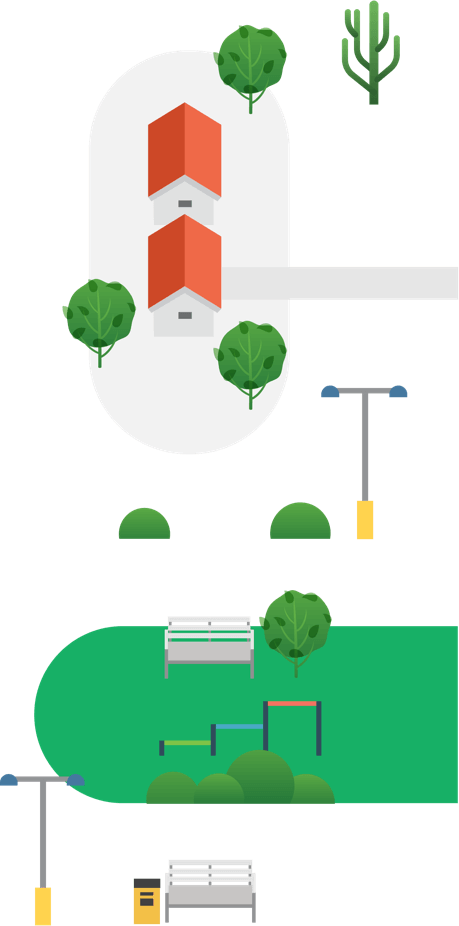
FIGHT THE DISTRACTION
Before you start driving, put the phone on silent and stow it out of reach; or give it to a co-pilot.
FIGHT THE DISTRACTION
Any extreme emotion can cause tunnel vision. If you’re feeling angry, sad or stressed, don’t get behind the wheel. If you’re already driving, find a safe place to pull over and park until you feel better.
FIGHT THE DISTRACTION
Assign seats and roles to your passengers before getting in the car, to minimize potential distractions. Always secure pets in a crate or a backseat restraint.
 New message! READ NOW
New message! READ NOW
“Hey, I just got into town. What are you up to tonight? Want to grab a bite then go see a movie?” READ NEXT
“If you had been reading this while driving 55 mph, you would have traveled the length of a football field.”
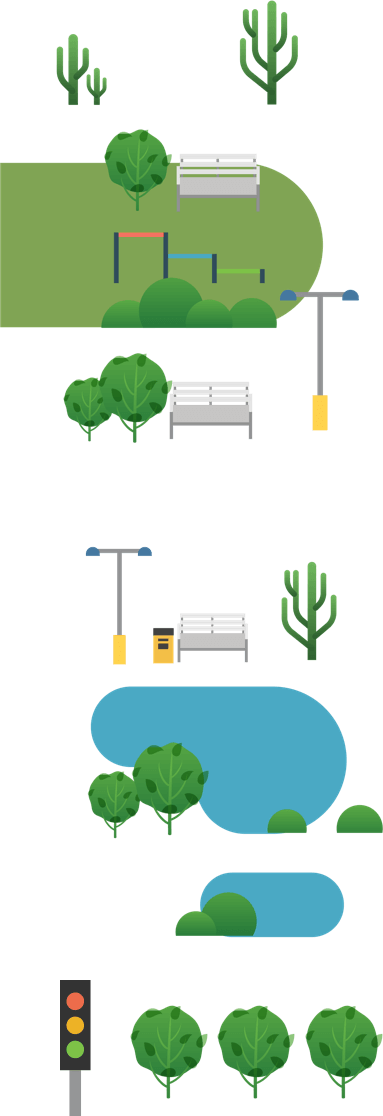
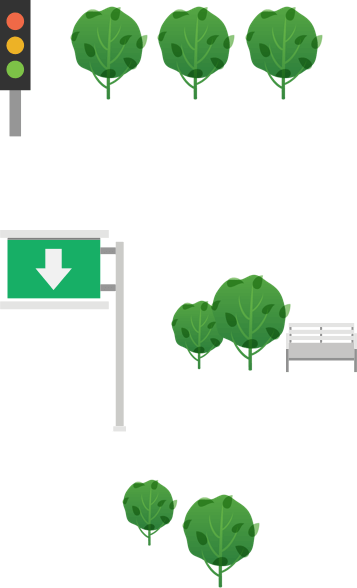

CELL PHONE BANS: STATE LAWS
Although distracted driving is uniformly discouraged across the country, cell phone usage laws vary from state to state. Check out the hand-held usage laws for each state provided by the Insurance Institute for Highway Safety (IIHS).



 Change Starts Now
The NSC’s Vogel feels hopeful about all the efforts to combat this epidemic; and encouragingly, NHTSA reports that distracted-driving fatalities in 2016 dropped slightly (2.2 percent) from the previous year. “Someday we’re going to look back at distracted driving and feel the same way about it as we do now about drunk driving,” Vogel says. “We’re going to wonder how we ever let it happen at all.”
But Vogel also feels that getting to this point will require more effort, starting with taking personal responsibility for our own driving behavior. “There’s a dangerous sort of cultural complacency that’s overtaken us, especially when it comes to using our devices,” she says. “We want to be safe—but we also want to be able to pick up our cell phones whenever they ring.”
“We all need to do our part to address this disconnect,” says Vogel. “Before we take the wheel, we should all make sure we look in the mirror and take personal responsibility for our driving habits. We do not want others to be distracted. We should make sure we aren’t distracted ourselves.”
Illustrations by Jing ZhangIllustrations by Sarah Gold
Change Starts Now
The NSC’s Vogel feels hopeful about all the efforts to combat this epidemic; and encouragingly, NHTSA reports that distracted-driving fatalities in 2016 dropped slightly (2.2 percent) from the previous year. “Someday we’re going to look back at distracted driving and feel the same way about it as we do now about drunk driving,” Vogel says. “We’re going to wonder how we ever let it happen at all.”
But Vogel also feels that getting to this point will require more effort, starting with taking personal responsibility for our own driving behavior. “There’s a dangerous sort of cultural complacency that’s overtaken us, especially when it comes to using our devices,” she says. “We want to be safe—but we also want to be able to pick up our cell phones whenever they ring.”
“We all need to do our part to address this disconnect,” says Vogel. “Before we take the wheel, we should all make sure we look in the mirror and take personal responsibility for our driving habits. We do not want others to be distracted. We should make sure we aren’t distracted ourselves.”
Illustrations by Jing ZhangIllustrations by Sarah Gold




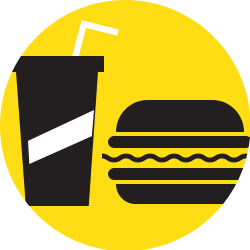 EATING & DRINKING
EATING & DRINKING
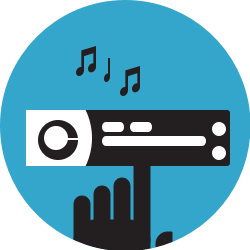 CHANGING RADIO STATIONS
CHANGING RADIO STATIONS
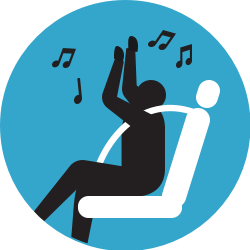 DANCING IN SEAT
DANCING IN SEAT
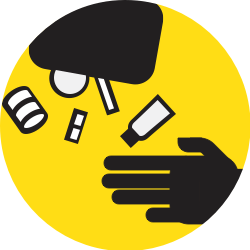 REACHING FOR AN OBJECT
REACHING FOR AN OBJECT
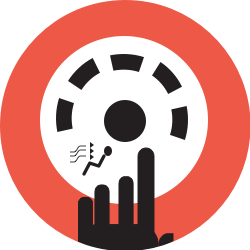 ADJUSTING CLIMATE CONTROL
ADJUSTING CLIMATE CONTROL
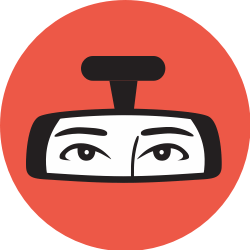 HAIR & MAKEUP
HAIR & MAKEUP
Darlisa White says,
There is an app on my phone that lets people know I am driving and will respond to calls and text messages when I arrive at me destination; my phone will not ring or buzz. Also, I have bumper sticker that says honk if you love Jesus, text and drive to meet him.
Robert Heath says,
Thanks- I appreciate the information and am committed to putting my cell phone on silent and out of reach.
jaime claro says,
FIND OUT HOW MANY PEOPLE HAVE BEEN FINED FOR IMPROPER USE OF PHONE WHILE DRIVING ? EXCLUDE THOSE THAT WERE INVOLVED IN ACCIDENT BECAUSE OF IT.
Dorothy M Creel says,
Since I had this type of training at NASA I am aware to pay attention; stay one car length per ten miles forward That is six car lengths at 60 mph. That is just one example. Best driving instructions I ever had and I keep to the rules!!!
martha velasquez says,
“Be A Geico Hero” Good publication, thank you.
(love the illustrations too)
Joseph says,
Learned a lot
Frederik Ager says,
Thank you for sharing the valuable information.
Sarah Boyles says,
I do not answer my cell phone or text while I am driving. I always use my signal but so many drivers do not. I keep my distance from the car in front of me.
Lynne Reese says,
In the state of Georgia the “Hands Free”law was passed by our Congress and signed by the Governor in 2018. The law was initiated in July of 2019 and if people were using their cell phone while driving they were given a warning ticket. But if they caused an accident while using their cell phone they were given the “Hands Free” ticket. After October 1, 2018, the law was put into total effect and now if any drivers in Georgia are seen using their phones they are given a ticket…and the fine goes up every time they get one of the tickets….but accidents are SLOWLY but SURELY decreasing as fewer drivers use their phone while driving. We hope every other state in the USA starts this same law!
Mildred O'N White says,
I have been accident free since 1966. I guess I am doing pretty well.
Robert Wing says,
I’ve never done makeup or my hair while driving. I don’t text, and rarely use a phone at all, and if I need to, it’s not handheld. I’ve never danced in my seat. I do eat, listen to my radio, adjust my climate control, and occasionally reach for something. I used to be able to do all that without taking my eyes off the road. A while ago I bought a newer car with an infotainment center. It took me a year to learn how to operate all the controls. You can not do it without taking your eyes off the road. You can not change the radio station without taking your eyes off the road unless you just scan. If you want to play your own music, you have to decide where you want to get it from, your phone, another device, Pandora, MyHeart, etc. All very distracting. In my car, in fact, in almost all the cars I drive, I can not see the speedometer. The steering wheel is always blocking my view. I have to physically duck my head to look at my speed, and in my new car, I can’t even see it then. I guess the car makers think everyone is the same size. I know some cars have a heads up display. Mine doesn’t. However, on my infotainment center, I was able to install a speedometer. It works great and I can keep track of my speed, EXCEPT when I am using my navigation system. When using android auto or even the built-in nav system, the speedometer cannot be viewed. So I will switch it back to my speedometer when I know where I’m going and switch it back when I need to know directions. That requires taking my eye off the road. I used to be able to set my heating/AC systems without looking. In my new car, I have to look to see if the air is coming from inside or outside of the car, again requiring me to take my eyes off the road. The design of today’s car lead to distracted driving. I’ve driven for 48 years and haven’t had an accident in 45. The ones I had were due to circumstances out of my control, but they also taught me to be extra vigilant about driving. I don’t drive much anymore, but I can certainly see how it is much easier to get distracted and have an accident now. I know I’ve had some close calls with drivers who drift over into my lane, or almost rear end me at a red light, or even other drivers who run red lights. Automakers really should address the issues of distracted driving by redesigning their cars.
Mark Olson says,
Thank you for sharing these alarming statistics about the “Distracted Driving Epidemic”! My wife and I have become increasingly aware of it and will share these facts with friends and loved ones. M.O.
Art says,
GPS apps also have distraction problems, particularly when Waze or another GPS app pops a message or ad over the map while you are driving, or hangs up and stops working. GPS app producers should work to decrease distractions and increase reliability.
Robert says,
Agree! There are times an ad will pop up on Waze, or worse yet, the screen turns to a carpool page, and the map and directions disappear. Trying to get rid of that page is very distracting!
Barbara & Harry says,
Just this week while driving on a divided 6-lane highway, the center lane car traveling same direction as we, going approximately 40 mph in 45 zone. All cars passing left and right of him and his female passenger. He has the phone directly in front of him on steering wheel, eating a sandwich. At the stop light, he lights up a cigarette and proceeds to drink a cup of coffee. Light changes and he continues driving center lane at slow speed while looking only at his phone! For us, we still use a flip phone, and never answer or use while driving.
Billie P Harvey says,
My driving is good otherwise the worst incident I had 3 years ago would have been a fatality . Took defensive driving three years prior to accident